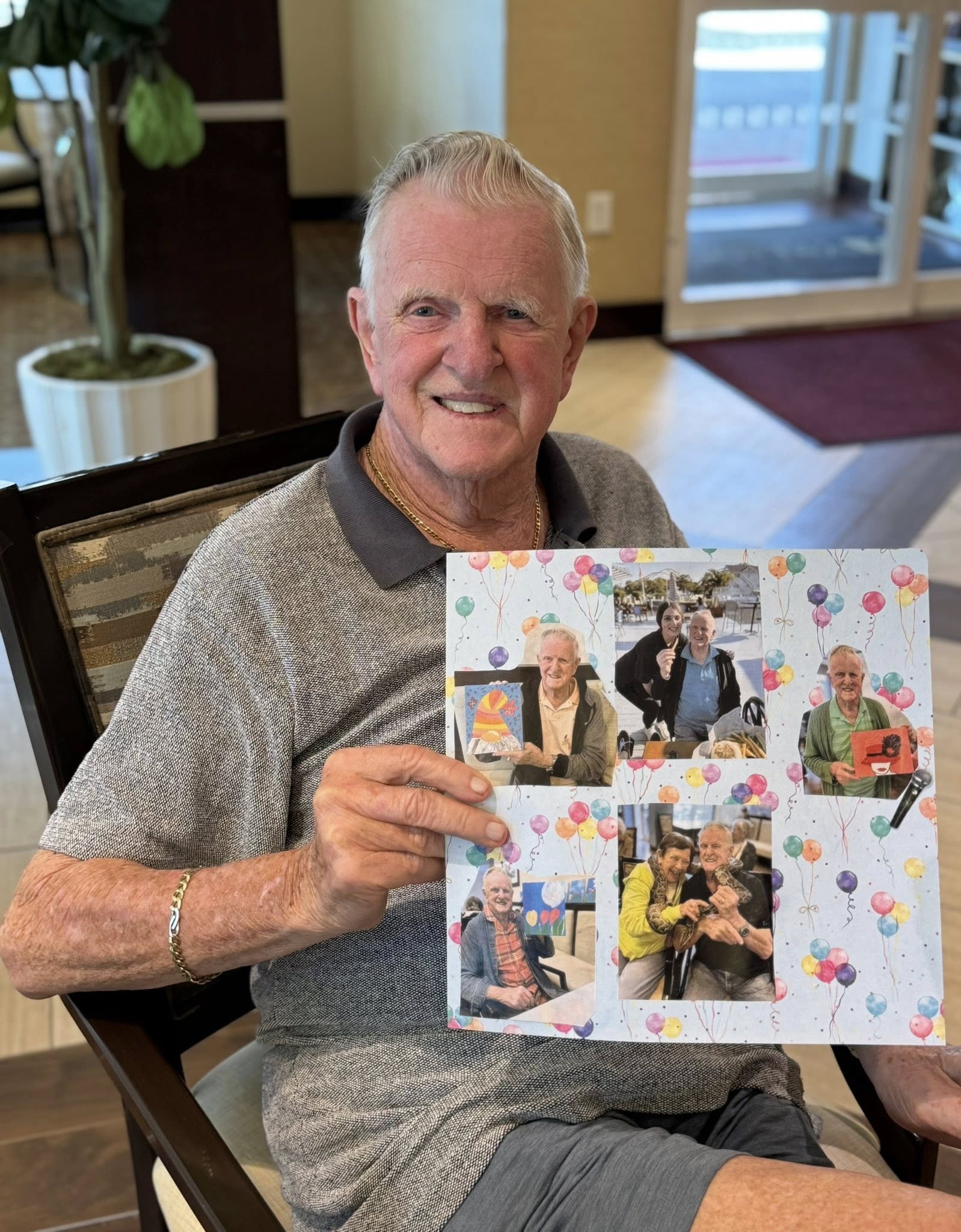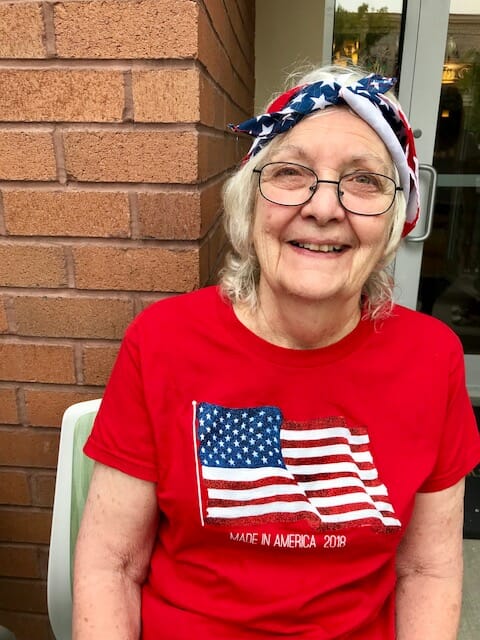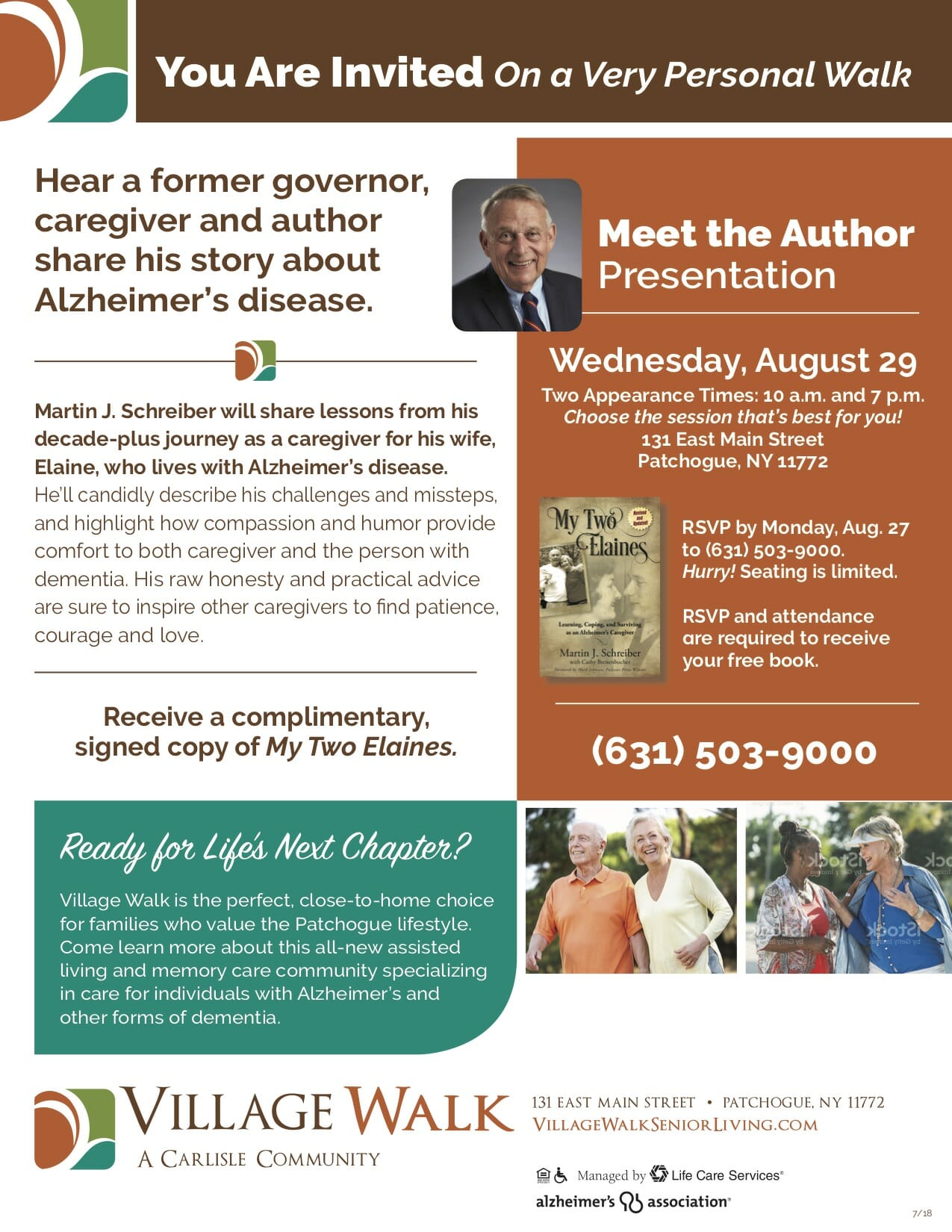You may have heard of assisted living care before. You may even have heard such sentiments as, “My loved one needed the highest level of care possible,” or “They needed ‘level one’ care.” If you’re still wondering, “What is level 1 care in assisted living?” you’re not alone.
Understanding the gradations of different care at assisted living communities can sometimes be just as challenging to parse through as the fine print of healthcare insurance.
Without proper help and information, you can find yourself signing up for care that’s far below — or above — you and your loved one’s needs. And, the last thing we want is to see you spending your hard-earned dollars on a service package that doesn’t fit you and your loved one’s needs.
Not to worry, though. Our senior living experts are here to make the distinctions between each level crystal clear.
In this article, we’ll walk you through some of the most common levels of care in assisted living, including what sets them apart from each other. Join us as we explore three of the five main levels of care in assisted living, with particular emphasis on the first level of care.
Table: The 5 levels of assisted living care
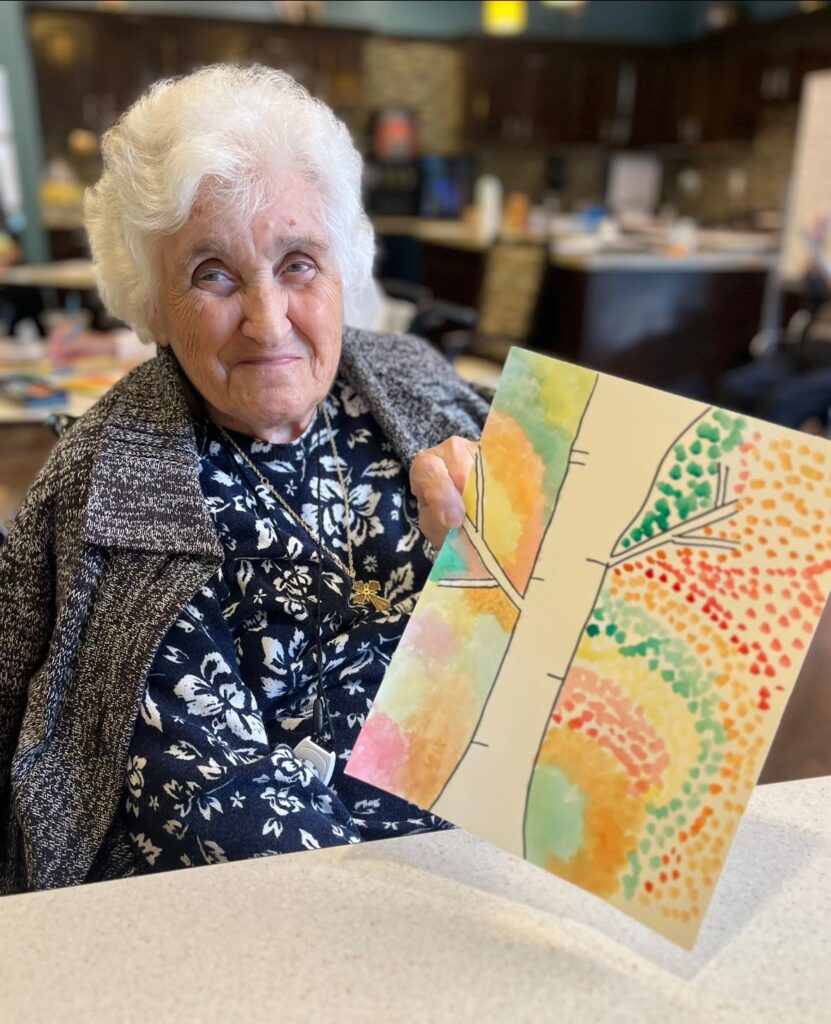
Most assisted living facilities provide five levels of care in an assisted living community. Three levels of care tends to be the baseline level of care provided regardless of the type, licensure, or training of the facility.
The five levels of care can be summarized using this handy table.
| Level of Care | Care Description | Who’s Best Suited to this Level of Care |
| Level 1 | Basic support and residential care with activities of daily living (ADLs) are provided to those who need it | Seniors or older adults who are mostly independent but need a small amount of help with ADLs. |
| Level 2 | Moderate support with ADLs and a handful of reminders regarding medication management | Seniors or older adults with increasing care needs but not complex care for complex medical issues |
| Level 3 | A significant amount of support monitoring for mobility issues, bathing and grooming, and medical concerns | Seniors or older adults who need hands-on support throughout the day |
| Level 4 | A higher amount of care that often involves memory care and behavioral supports | Seniors or older adults with dementia, Alzheimer’s, or other memory loss-related conditions |
| Level 5 | intensive nursing care, medical care, and round-the-clock bedside care. | Seniors or older adults who need skilled nursing or who may be nearing the end of their life. |
Understanding the 5 levels of assisted living care
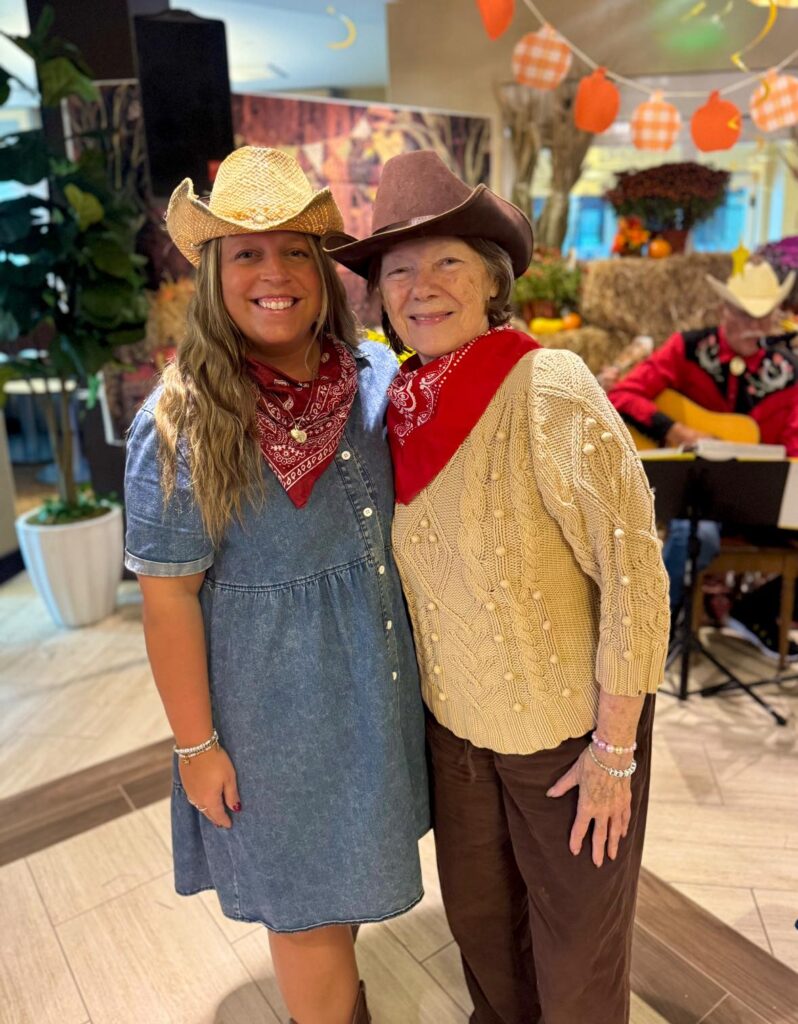
Many assisted living communities offer a range of care levels to accommodate the unique needs of their residents. So, how are these care levels determined?
The lower the levels, the less hands-on care that’s needed. The higher the levels, the more care that’s likely needed from assisted living staff.
When we talk about assisted living care, what we mean is:
- A person’s ability to complete most ADLs, such as bathing, grooming, or using the restroom
- Providing support for those who need help walking or who may be at risk of falling
- Activities that support memory and cognitive functioning
- Managing medication
- Catering to specialized medical needs
In most assisted living communities, you’ll find three levels of care, namely:
- Level 1 care (minimal amount of care)
- Level 2 care (moderate level of care)
- Level 3 care (significant level of care)
Let’s dive deeper into each level.
About level 1 care: minimal level of care
Level 1 care relates to older adults who are, for the most part, independent but need support in personal or health care-related areas. For example, a person receiving level one care might need the following:
- Occasional help with hygiene, dressing, grooming, or light housekeeping
- Preparing meals and eating
- Making phone calls
- Reminders to take medication
- Engaging in social and recreational activities
Many individuals who need level one care don’t necessarily need help remembering to do activities as much as they do making sure they’re done correctly.
About level 2 care: moderate level of care
Level 2 care is for individuals who need a bit more help or support in several areas of health and personal care. Examples of level two care include the following:
- Daily help with activities of daily living
- Increased monitoring by assisted living staff
- Providing regular medication administration
- Frequent scheduled health check-ins
- Help with transportation to and from appointments
- Support with walking
Assisted living residents who need level two specialized care often may be able to participate in one activity of daily living without an issue — such as making meals — but need help in another area — such as getting up and off the toilet.
What’s more, the care offered with level two care may also include support with transportation, carrying out medical treatments, managing behavior, and other health conditions.
About level 3 care: significant level of care
Level three care is for older adults and seniors who need extensive help in most areas of their personal lives. Many residents in our facility receive care that addresses health care needs.
Examples of level three care include:
- Hands-on help with all ADLs, including toileting and walking
- Supervision for chronic health issues
- Incontinence care
- Healthcare coordination
- 24/7 on-call care staff for residents who could use extra care
If you or a loved one lives with mental or physical impairments that affect your living experience and ability to perform daily tasks, level three may be best for you. In other words, level three care is provided by multiple caregivers to meet the various needs of the person receiving said care.
How to assess the need for assisted living care
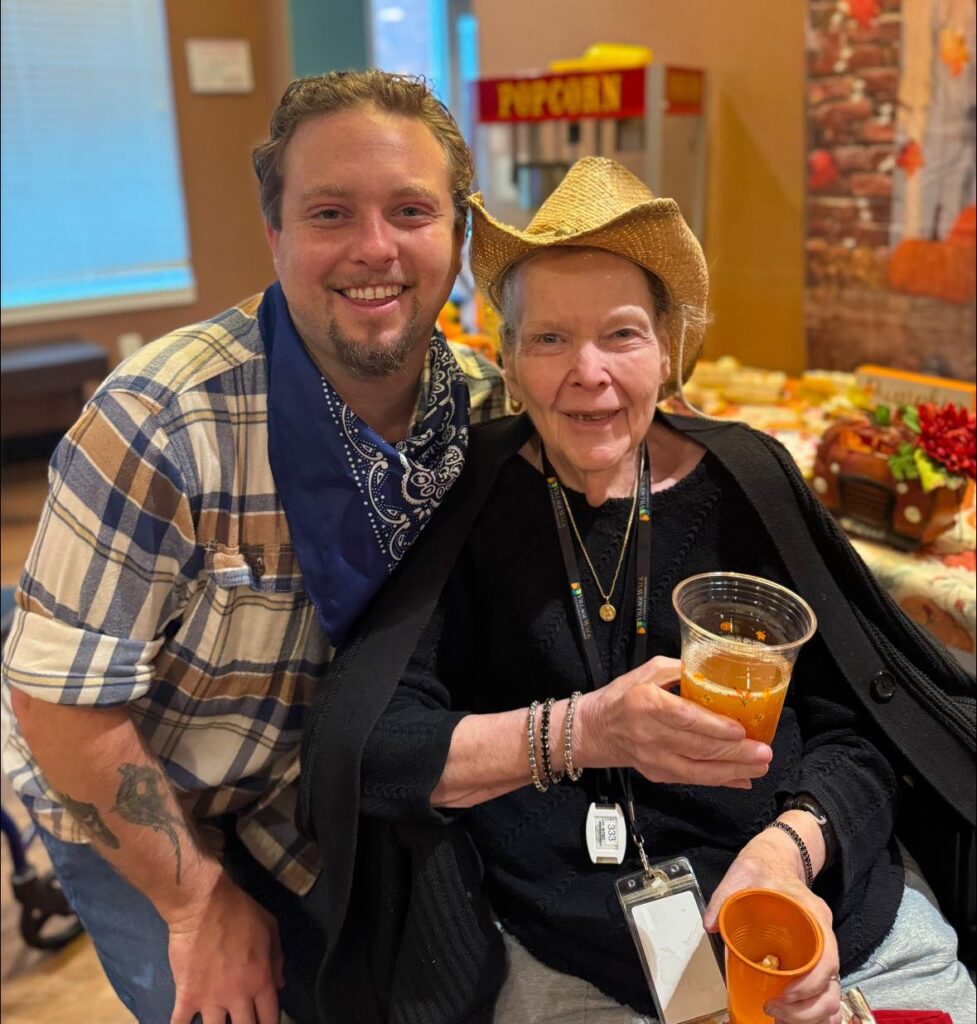
The easiest way to assess if someone needs assisted living care is through assessment at an accredited assisted living community. With that being said, before you do so, you’ll also want to observe for and ask yourself if your loved one has trouble with any of the following:
- Trouble with ADLs: Is the person experiencing challenges with dressing, eating, or managing their personal health?
- Medical care: Is the person forgetting to take medications? How about walking? Are they able to be mobile without much challenge?
- Mental health: Is the person engaging in activities and socializing with others? How is their memory for everyday tasks? Are they forgetting important information that was once routine?
If you notice any of the above, we recommend reaching out to a healthcare provider and consulting with a senior living advisor. Both parties will be able to inform you as to whether comprehensive care is needed at an accredited assisted living care community.
Curious to know what assisted living activities look like?
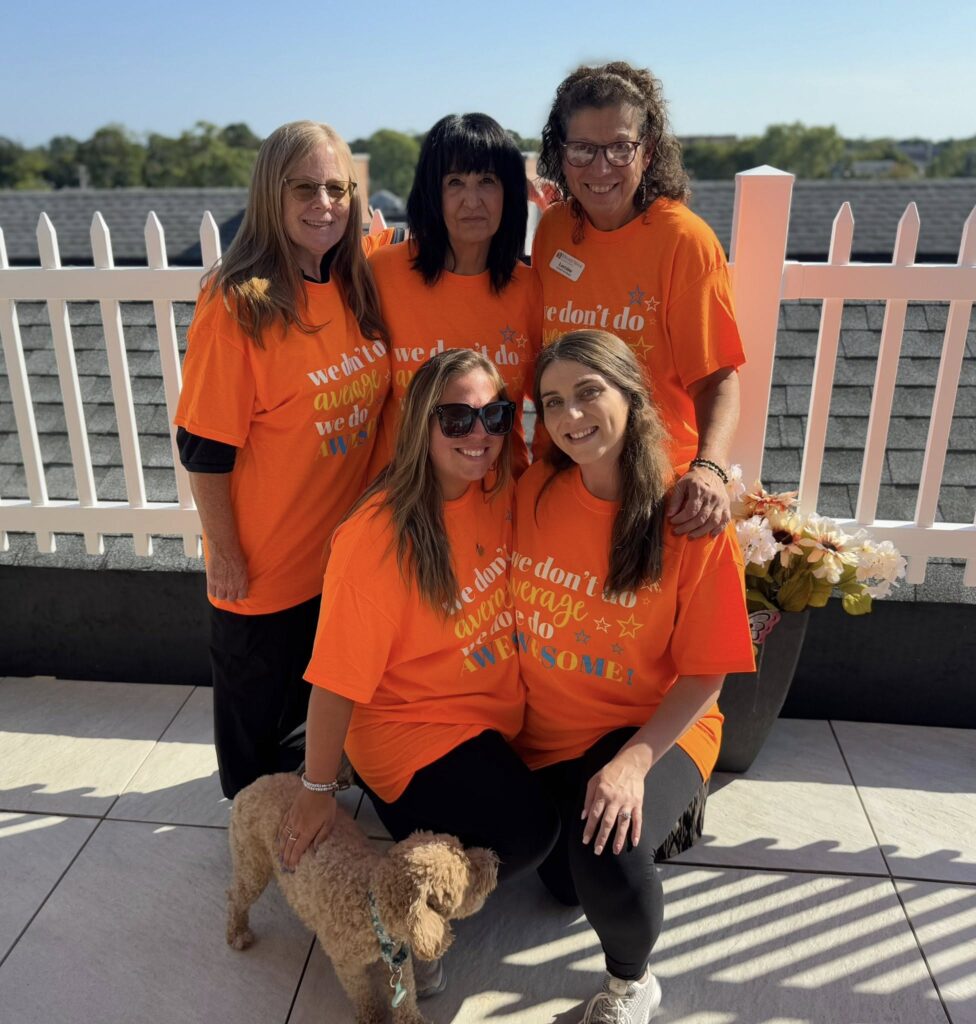
Here’s a fast statistic. As of 2020, nearly 1.2 million licensed beds were available for assisted living, according to the Center for Disease Control (CDC). We’ve been honoring the growing assisted living community in a number of ways.
For example, our residents kicked off National Assisted Living Week by setting out on an all-day adventure across Long Island to complete their Adventure Passports! From the charm of the Big Duck in Flanders, to breathtaking views at the Fire Island Lighthouse, the historical stories behind Jones Beach, a taste of tradition at Umberto’s Pizza of New Hyde Park, the elegance of Oheka Castle, and the Long Island Welcome Center, it was truly a day to remember.
Just as we did, many assisted living communities also create activities around adventure themes.
We do so to prove that every day is the perfect time to try something new — to have ourselves an adventure!
Curious to learn more about other fun goings-on at our facility? Feel free to reach out and ask for Nicole, one of our expert senior care specialists.
She’d be happy to walk you through all that our Village has to offer.
“Thank you, Village Walk. I finally have peace of mind.”
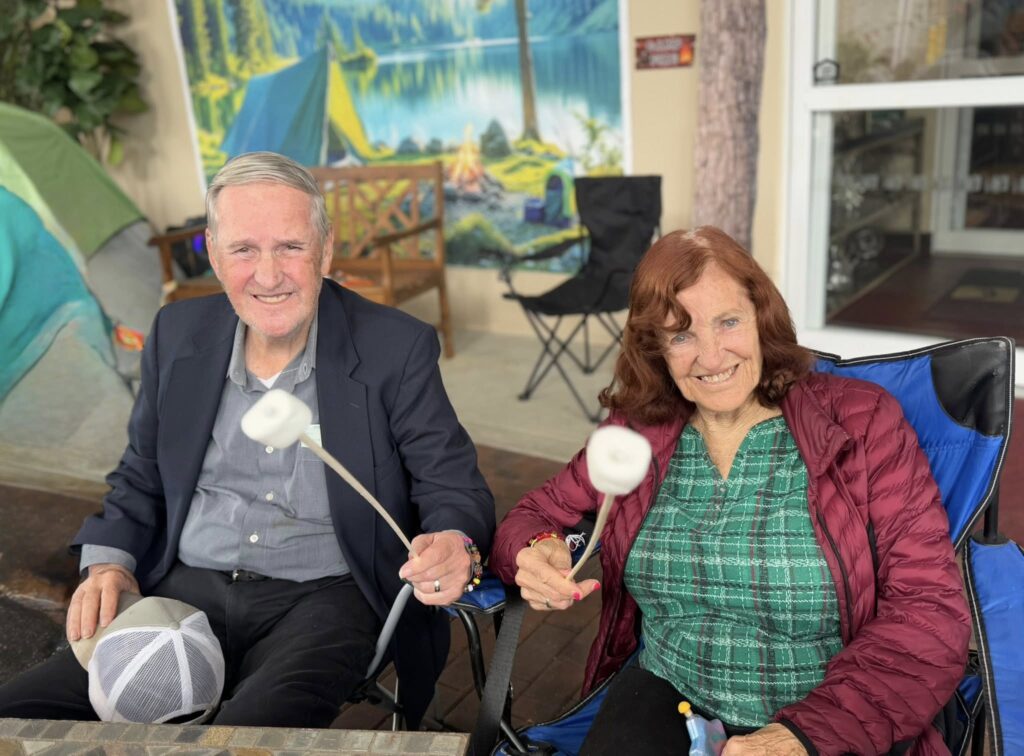
Those are the words of Denice L., a family member of a resident in our community. Denise recently made her 88-year-old cousin comfortable and at home at our facility, and both couldn’t be happier.
At assisted living communities, regardless of the level of care provided, your loved one will receive exceptional care tailored to where they are in their life’s journey. Plus, residents are free to personalize their apartments and living spaces to feel more at home.
If you’re curious to learn more about how assisted living levels of care are determined, feel free to take a tour of our facility (and lunch is on us!), or contact one of our knowledgeable senior concierge staff members at (631) 503-9000. We’re open 24/7, and we’d be happy to answer any questions you may have.
Until then, we wish you all the best on the journey ahead.
Top-Quality Care in a Facility that Cares: Welcome to Our Village

